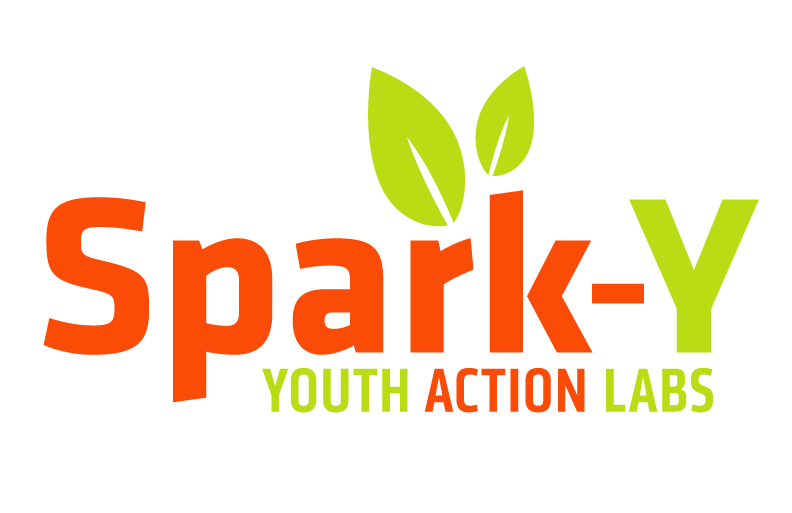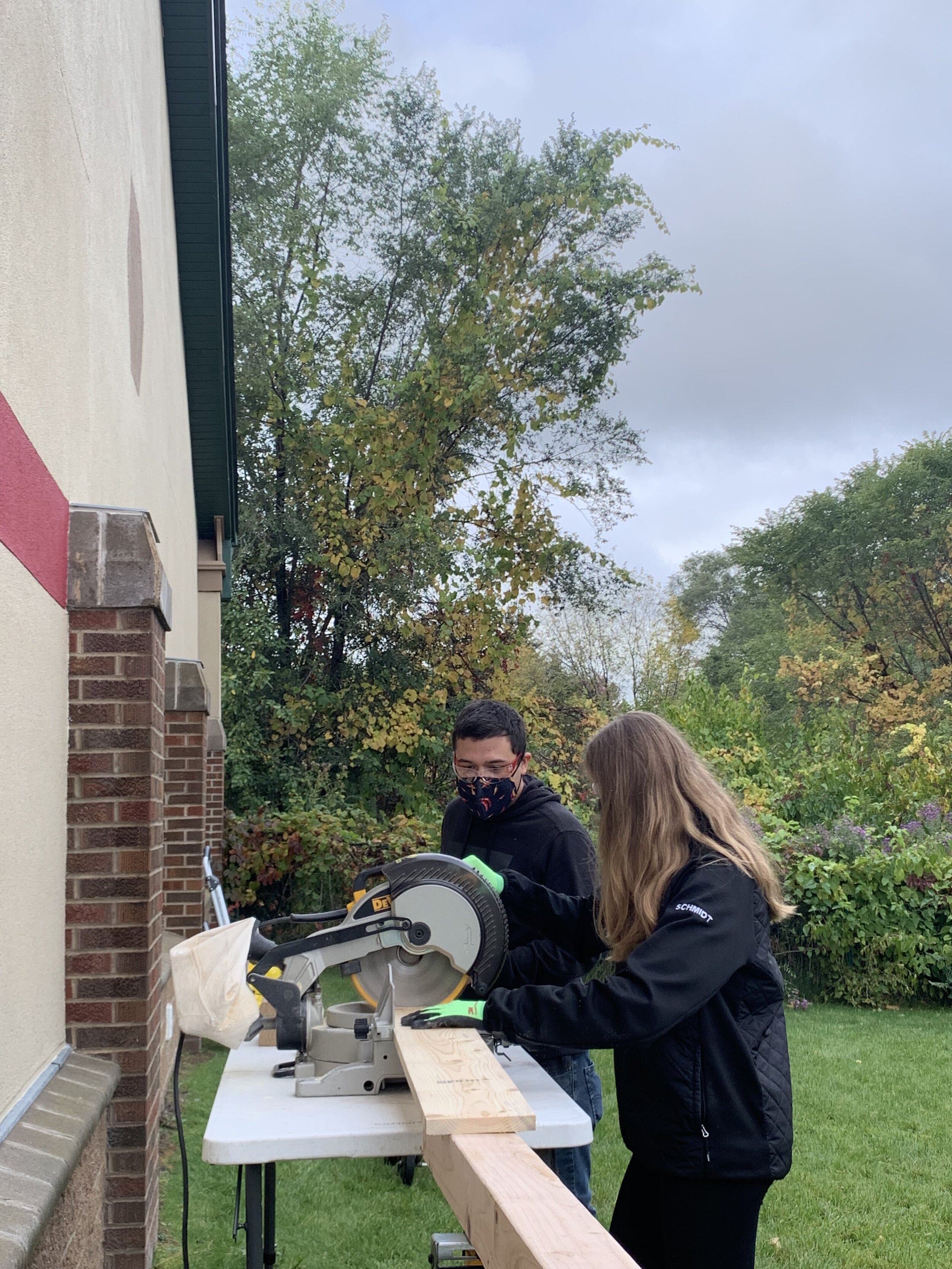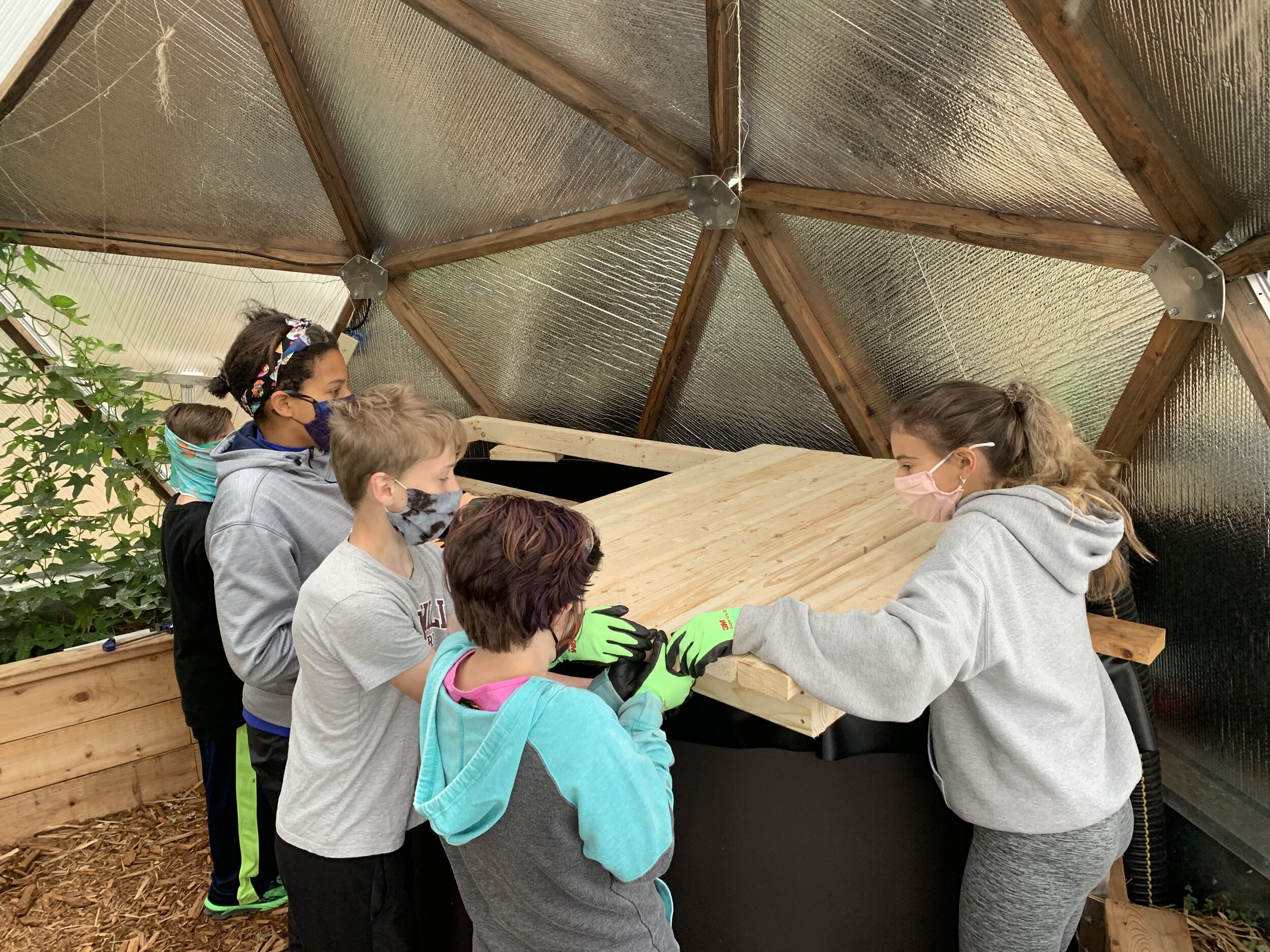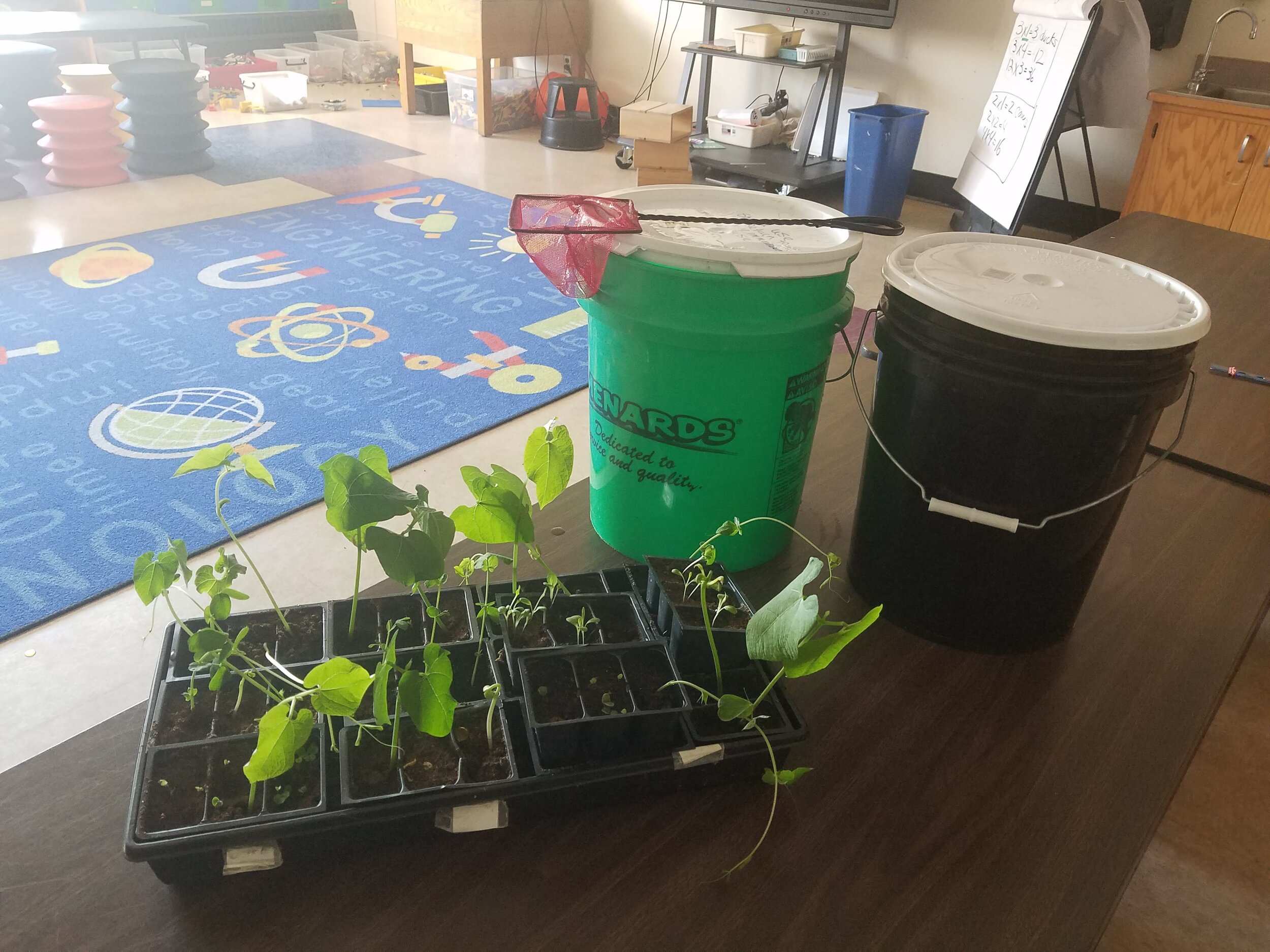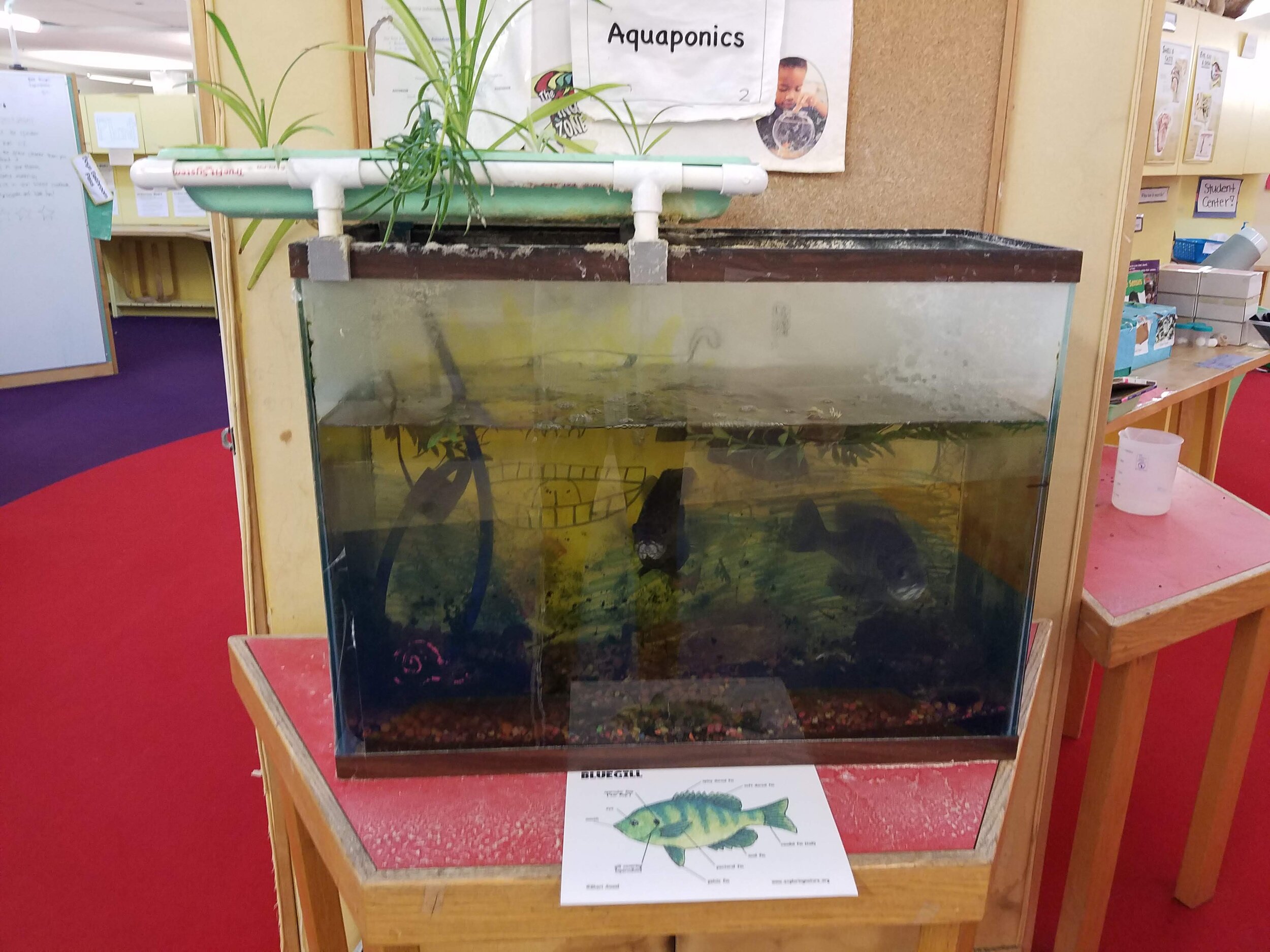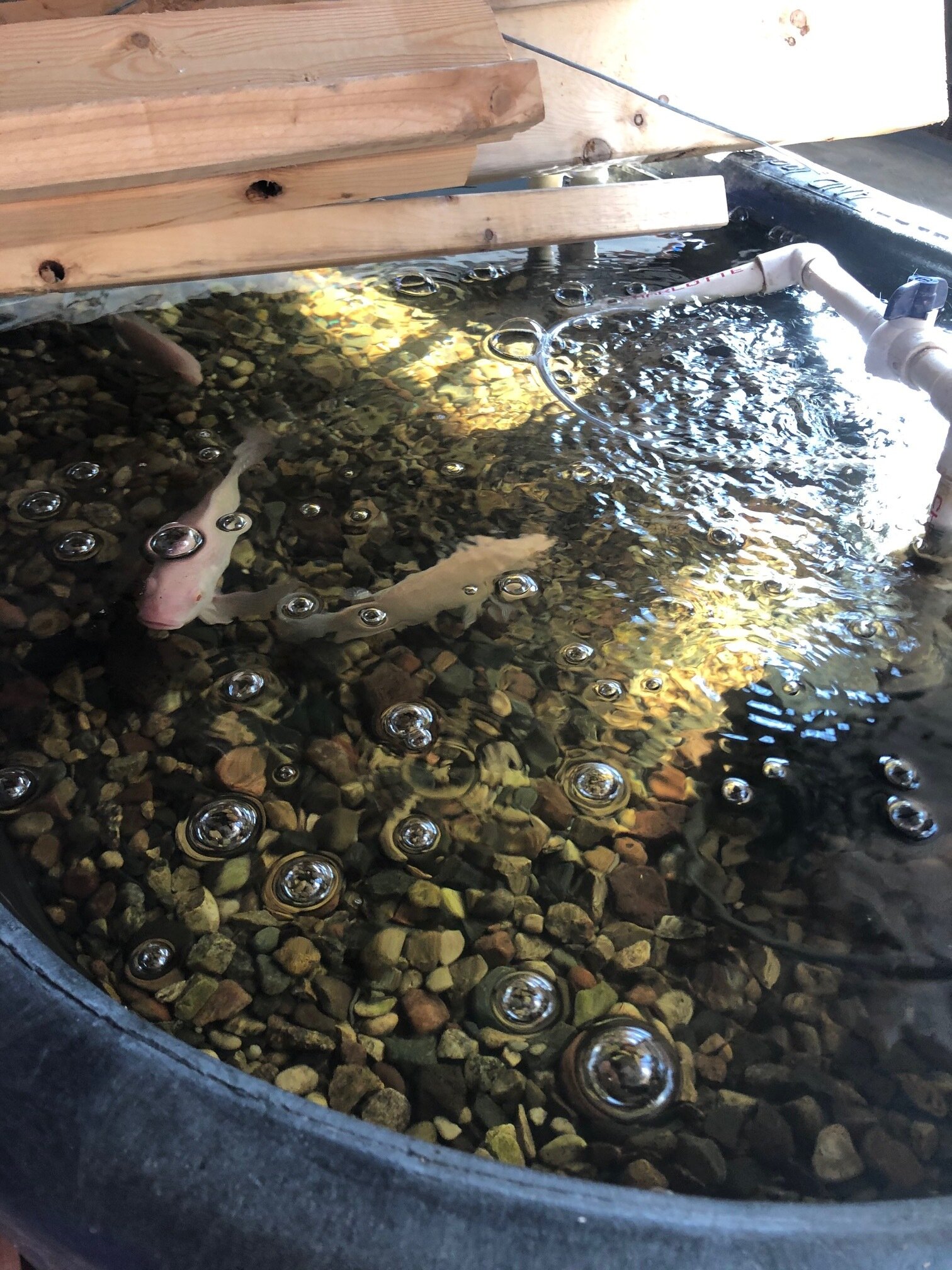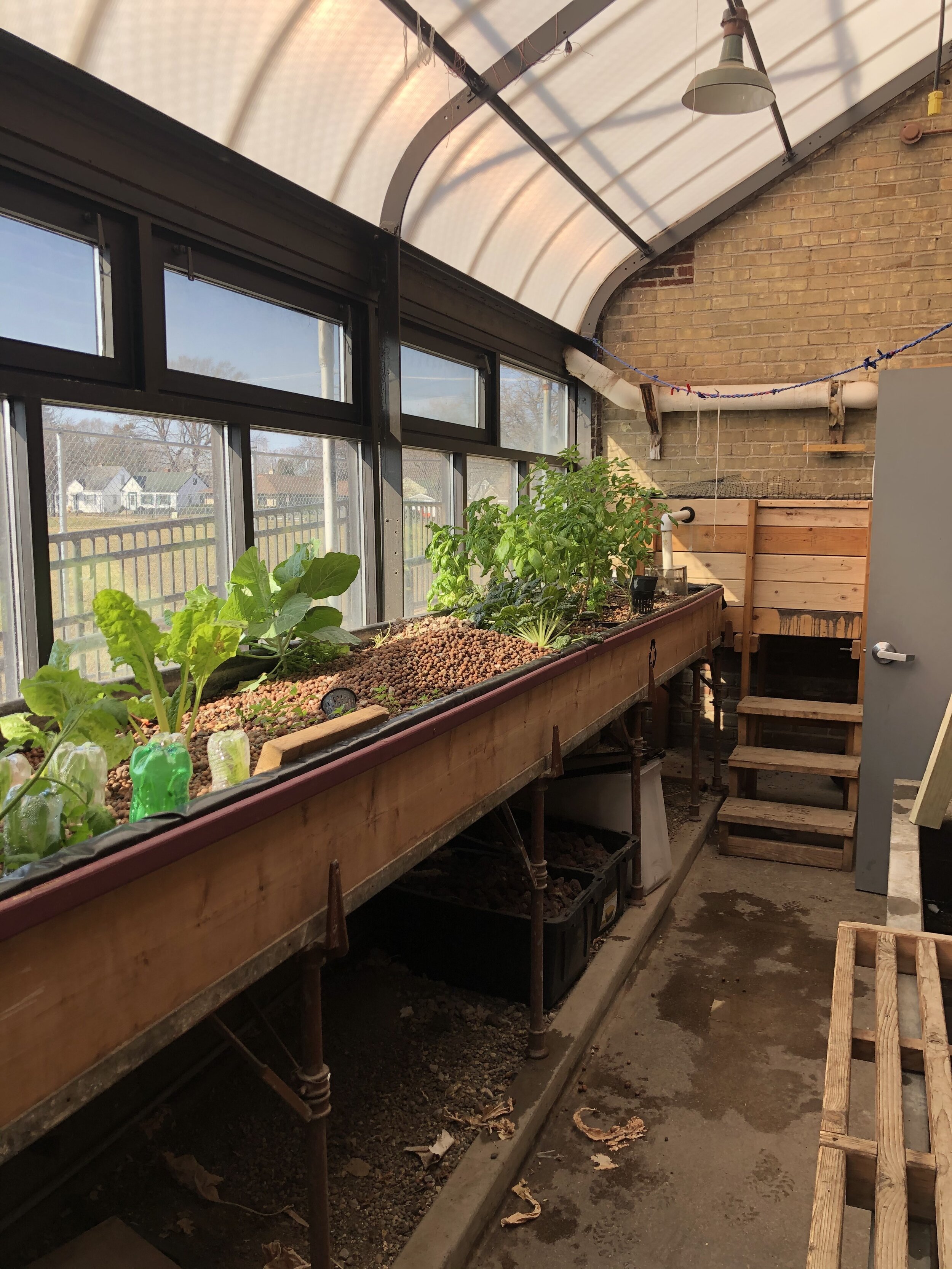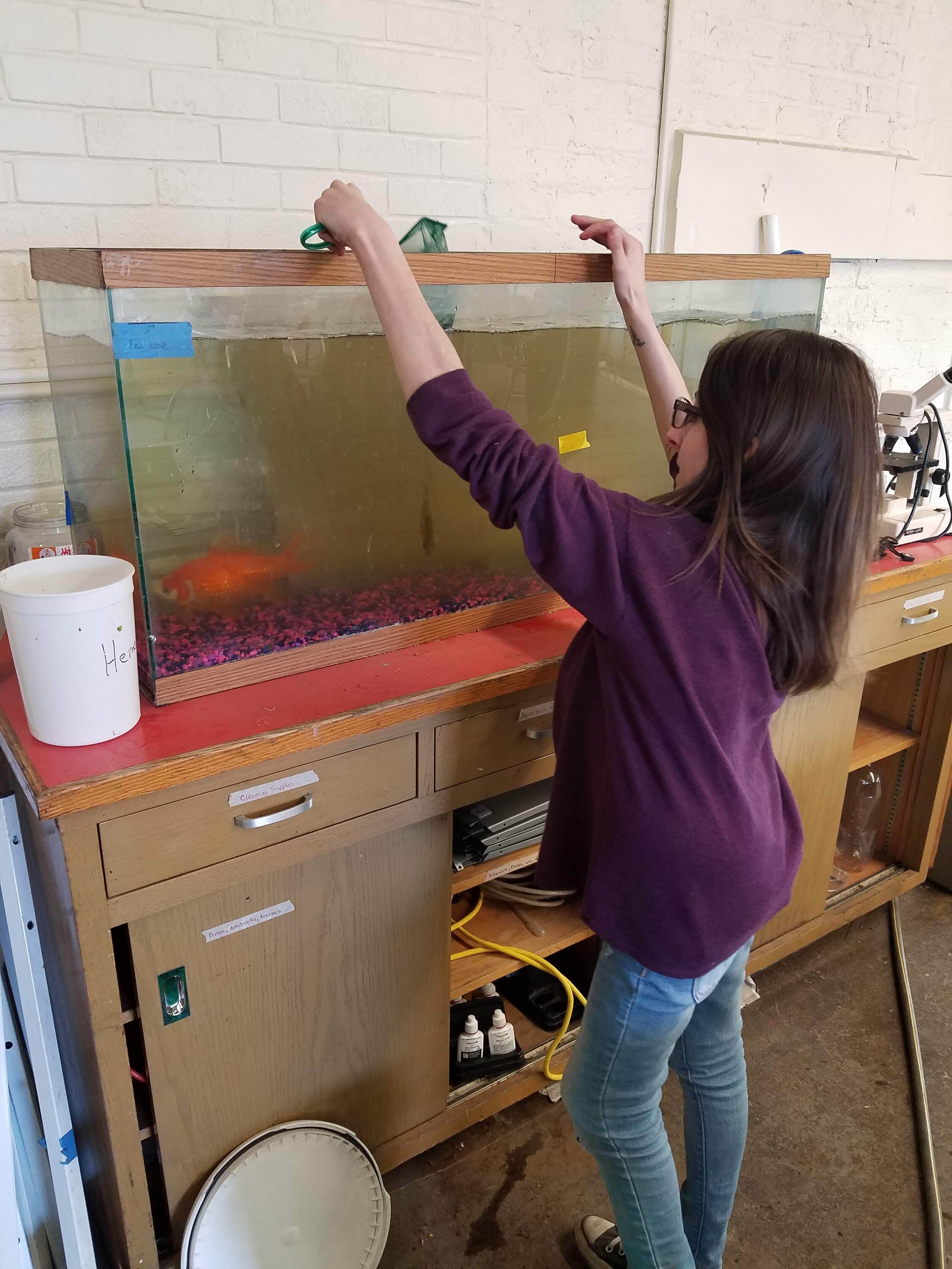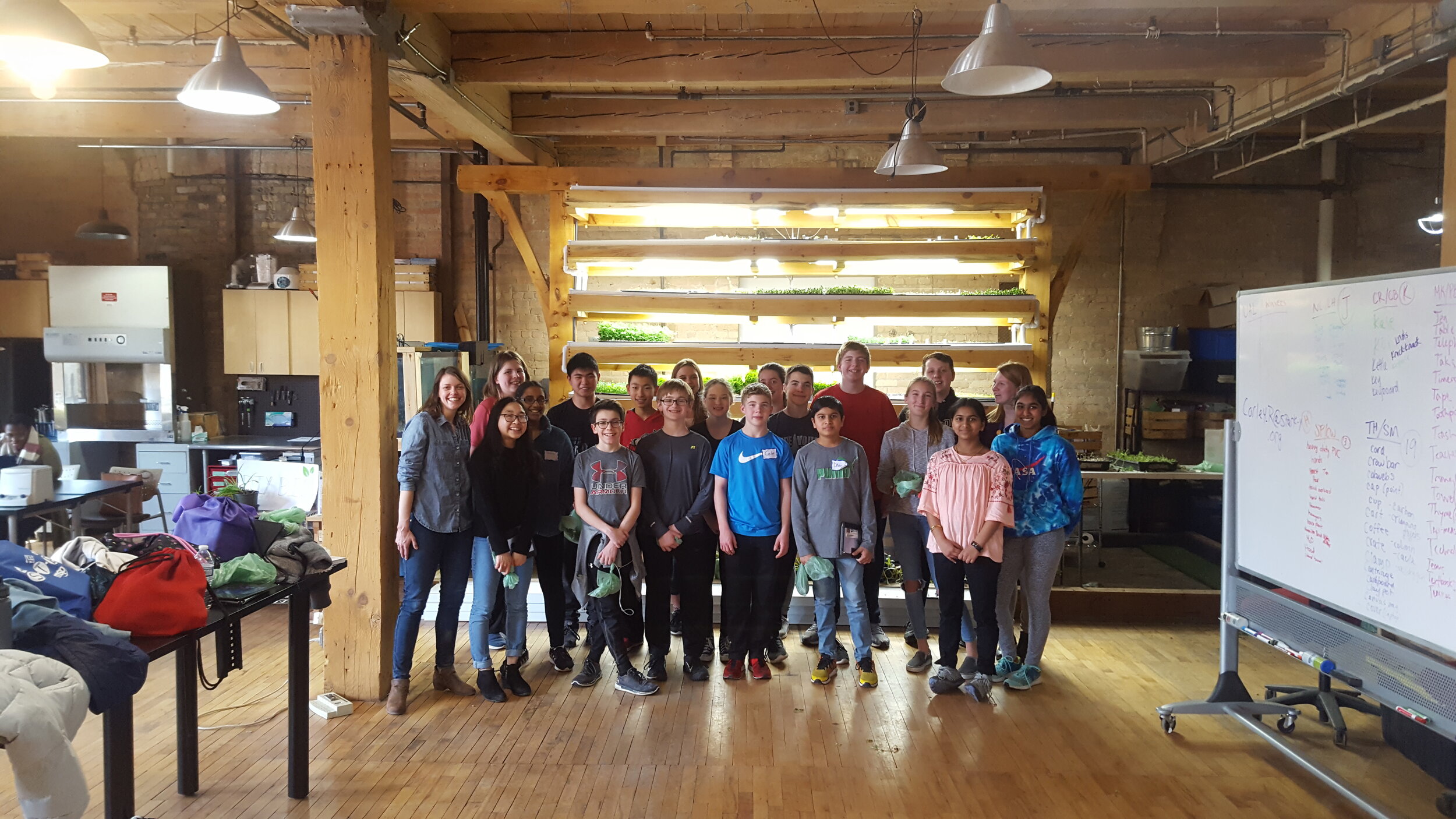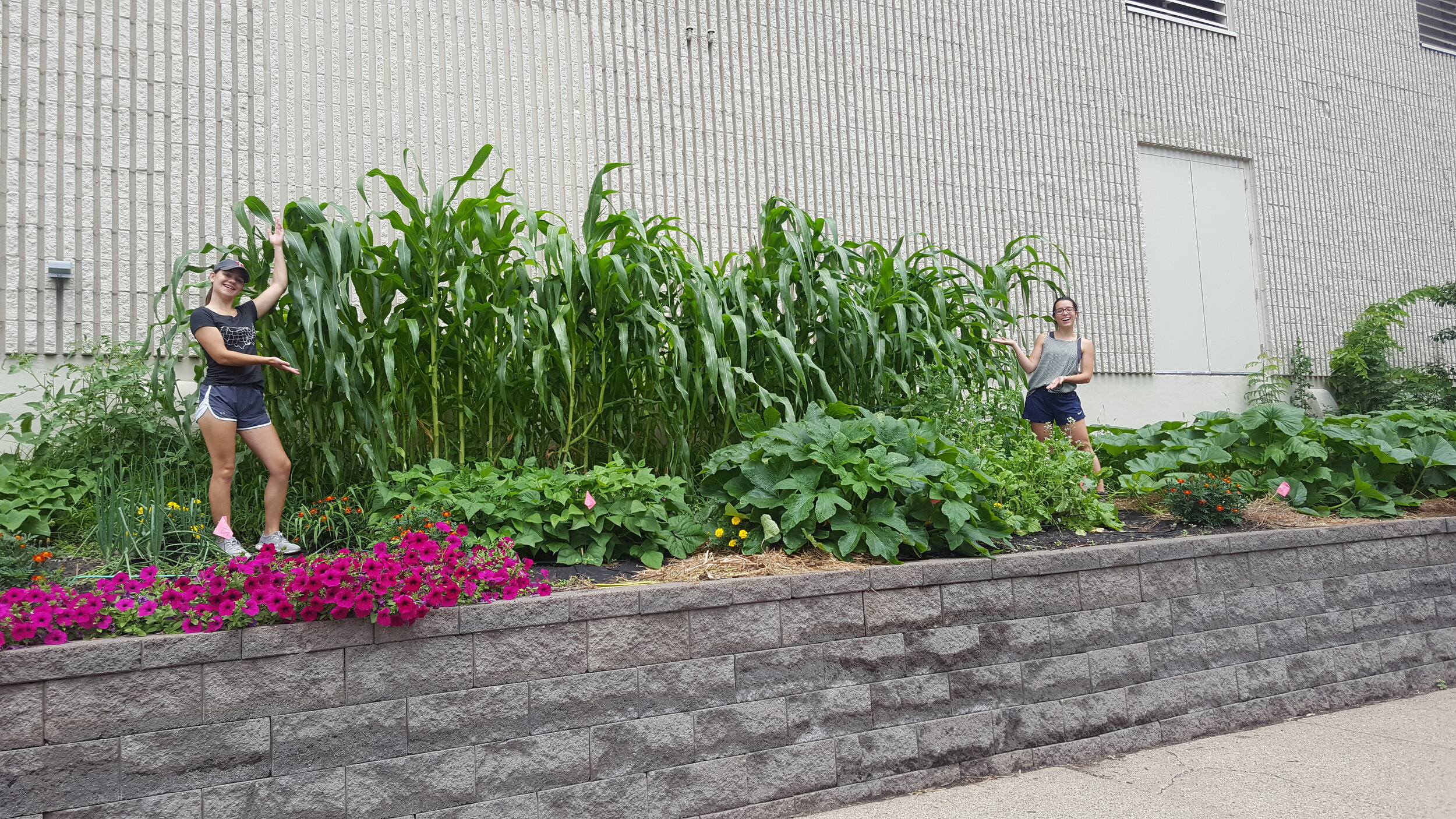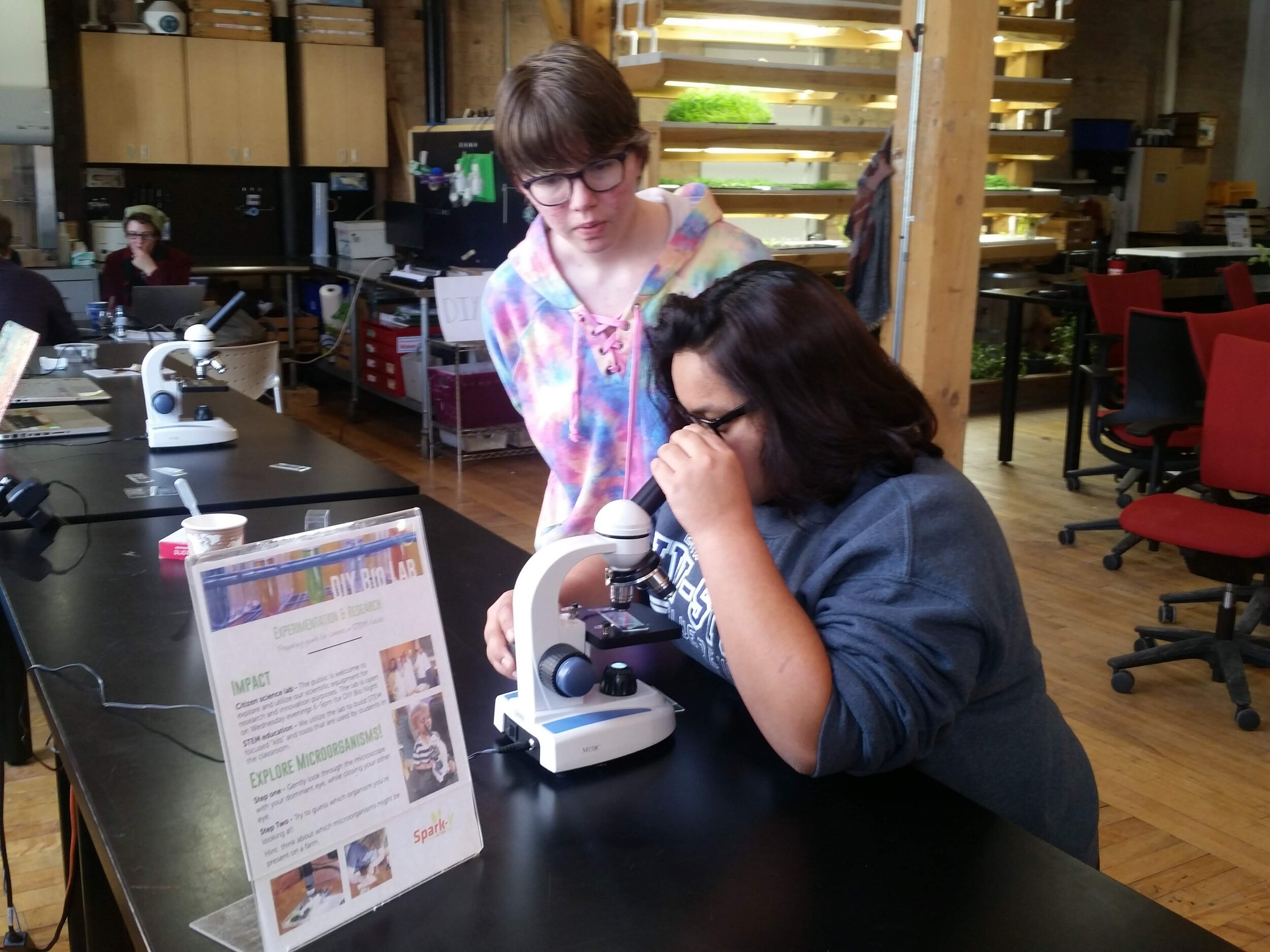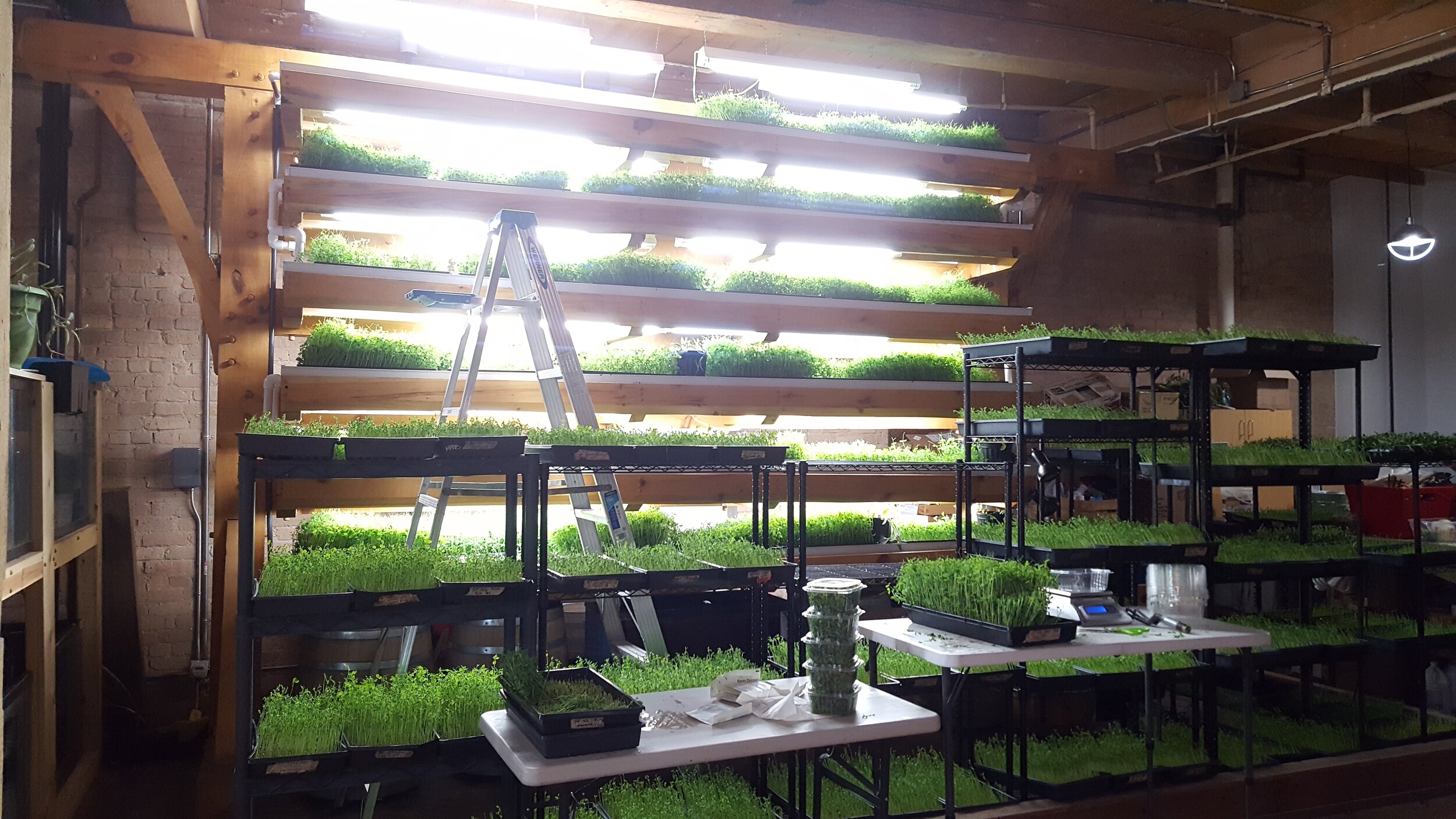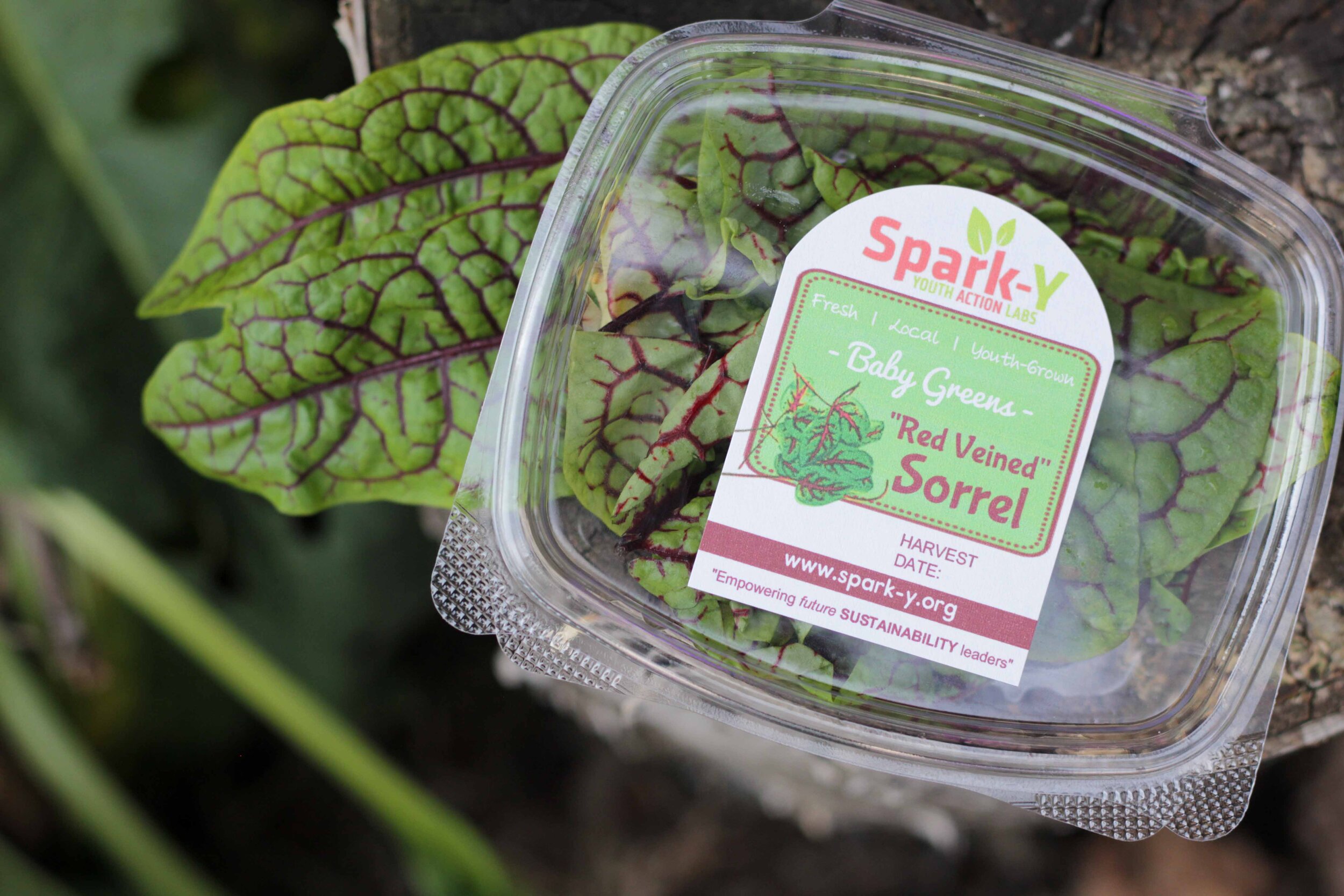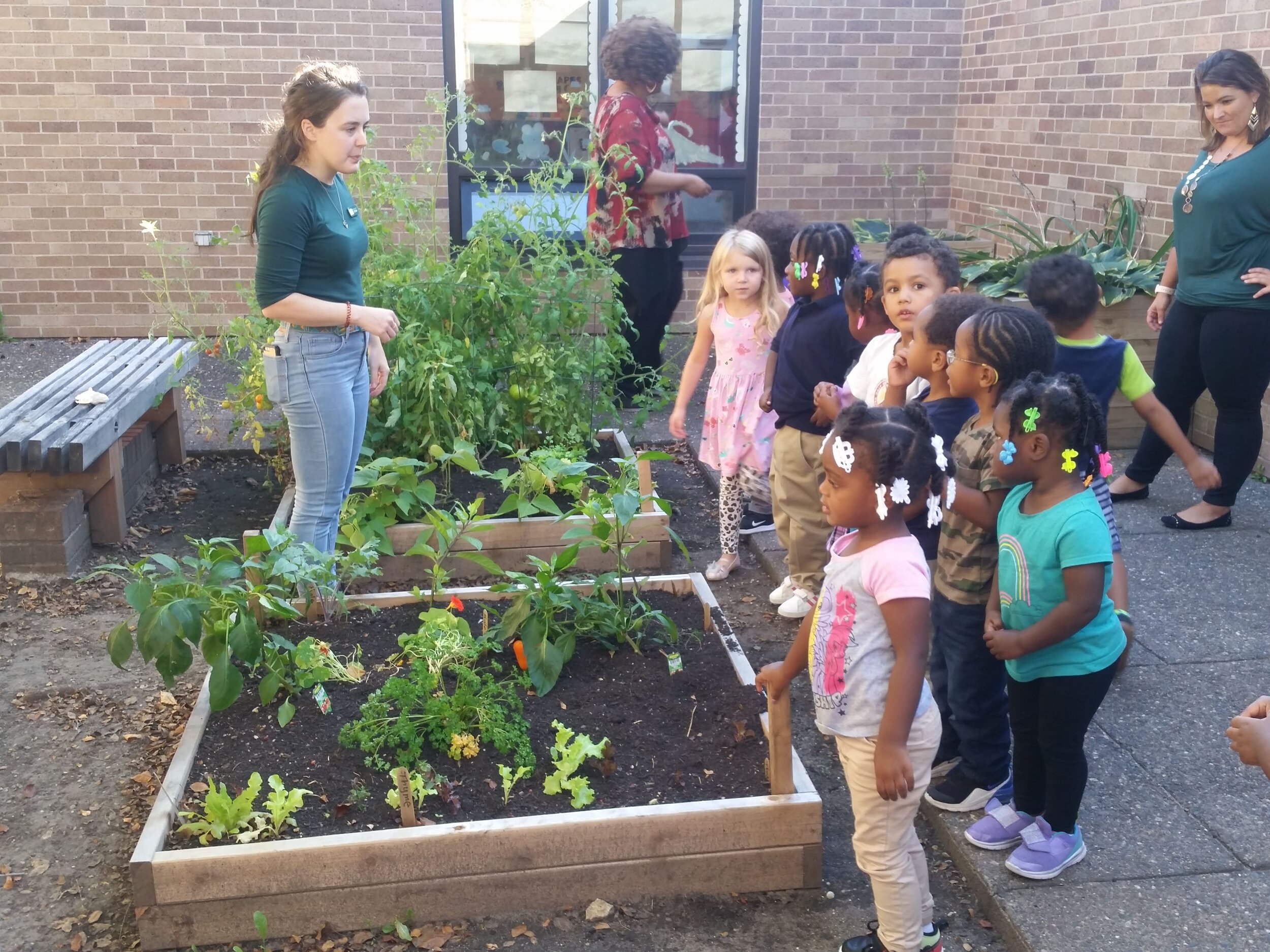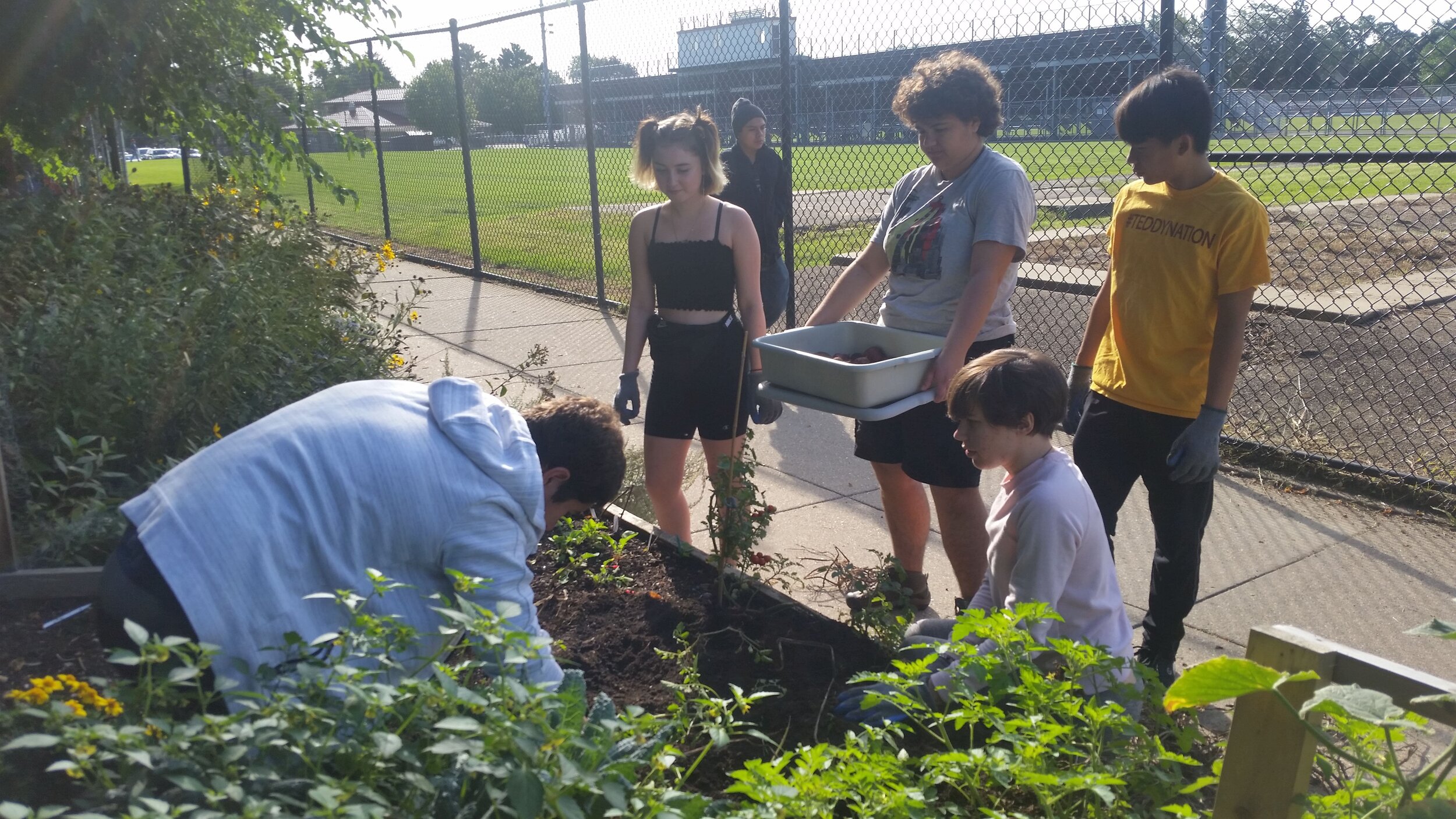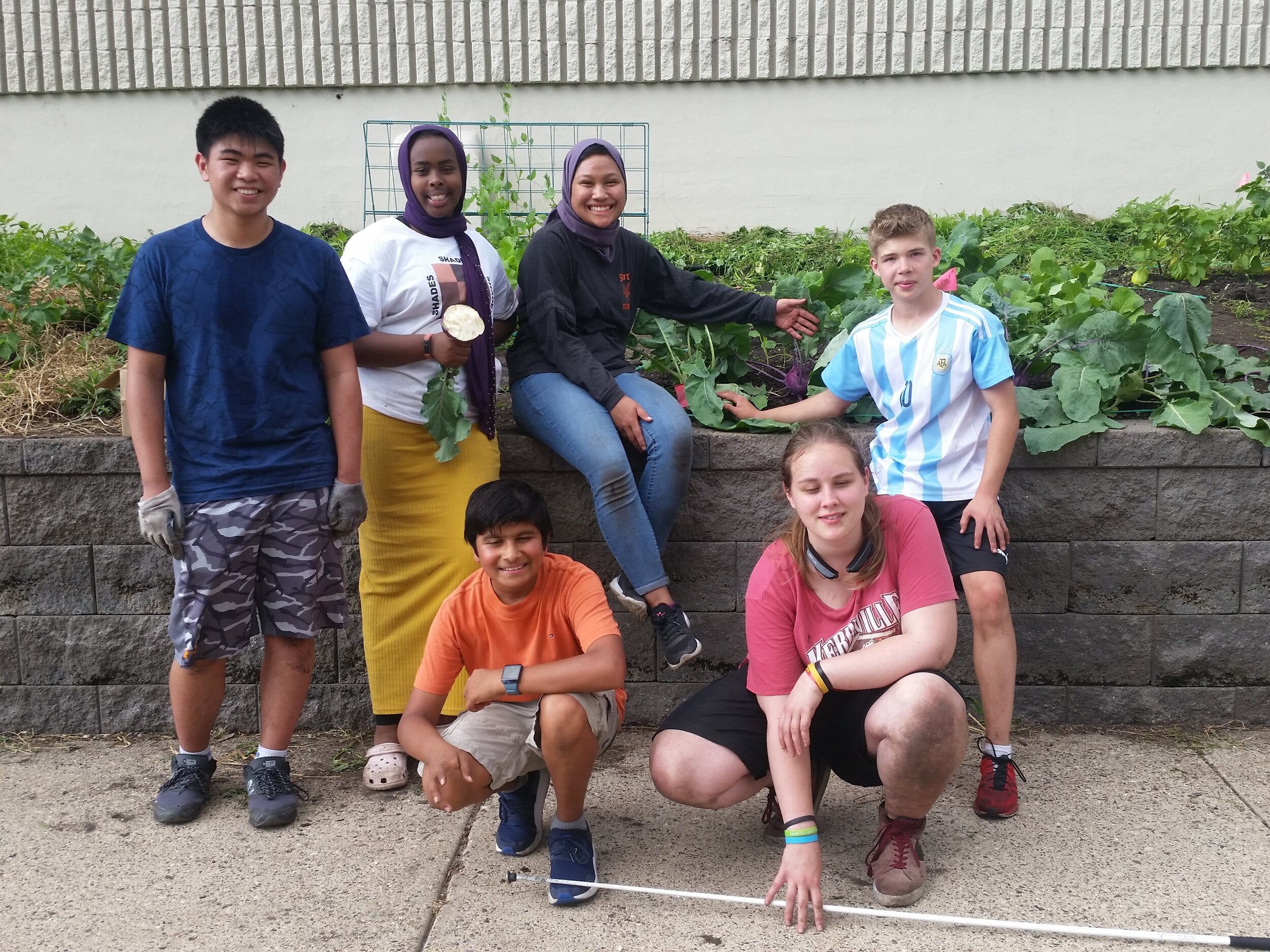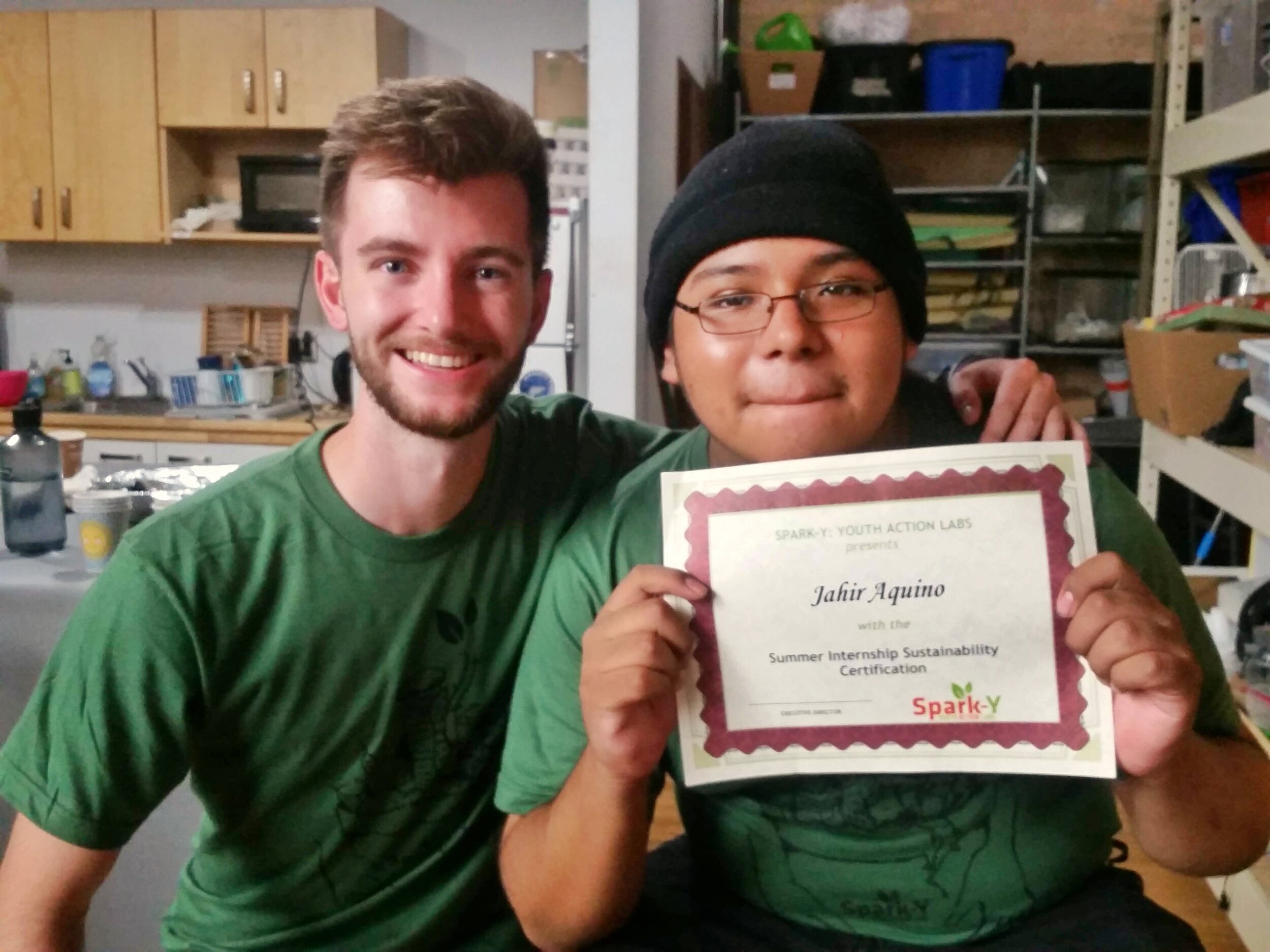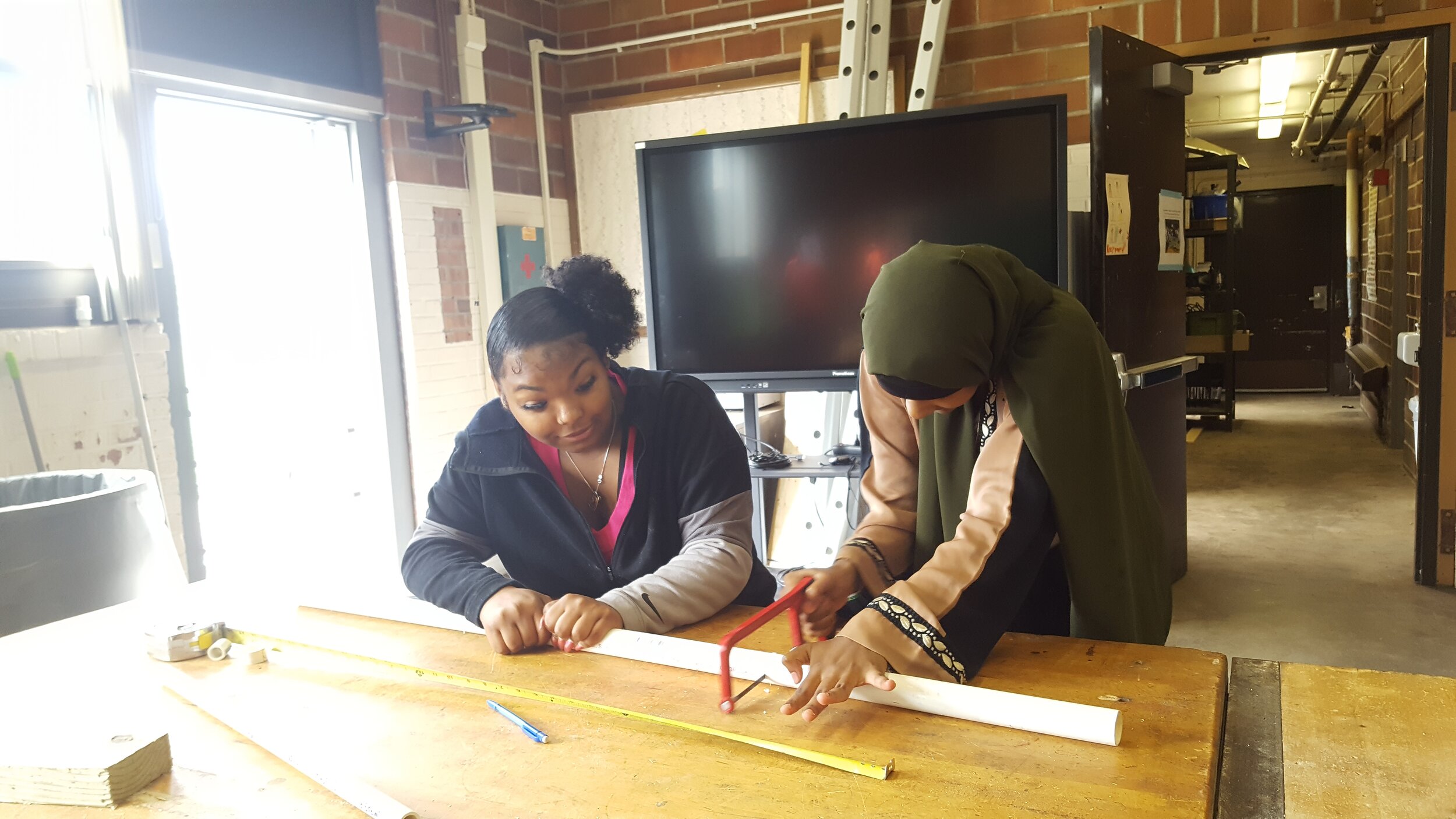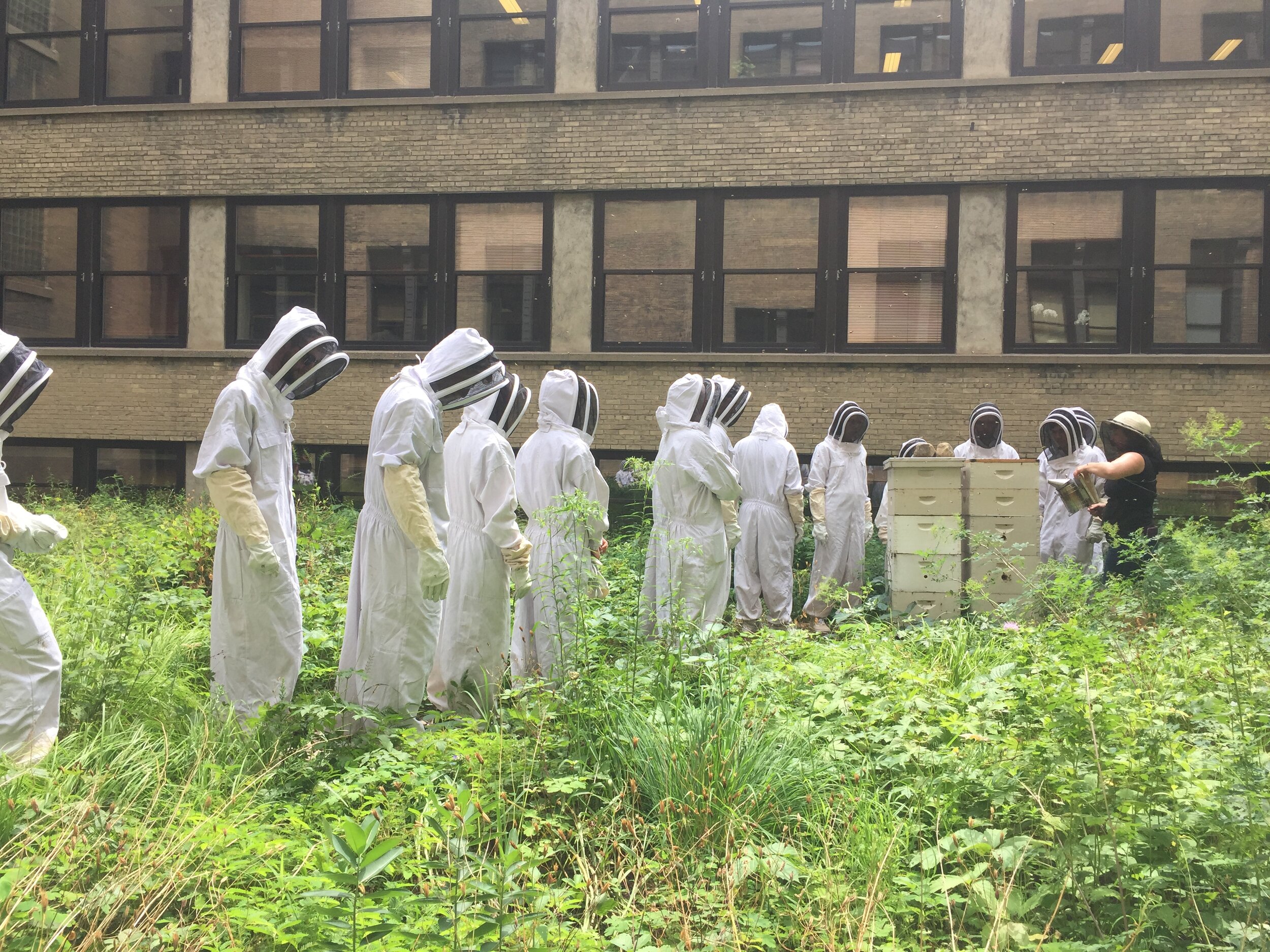About the Spark-Y Right Track+ Internship: The Right Track+ program is a collaboration between Ramsey County, the City of Saint Paul, local employers, and community organizations including Spark-Y. The goal of this program is to provide job training and professional development to unemployed or underemployed young adults experiencing the negative economic impacts of the pandemic for the purpose of assisting them in entering an in-demand career pathway.
Growing Vertical: A Right Track + Internship Experience
My name is Jordan Bergstrom. I am a senior at the University of Minnesota, Twin Cities, studying Urban Infrastructure and the Environment. I am an aspiring vertical farmer, and am planning on attending grad school to earn an MPS in Horticulture. My passions include the intersection of sustainability and environmentalism and urban areas. After hearing about Spark-Y at a career fair, I decided to apply for the Right-Track internship program. Since then, I have started maintaining and operating the aquaponic systems and managing many of the gardens that Spark-Y maintains. Prior to this internship, I knew little about the operation of these systems, however I have learned so much about vertical farming and aquaponic/hydroponic growing techniques since starting this position!
Vertical growing greens at Spark-Y’s Urban Agriculture Lab
Vertical farming is a foundational aspect of Spark-Y’s operations and mission. Using primarily aquaponic technology, Spark-Y has set up a number of vertical farm systems in a plethora of schools across the Twin Cities metro. For those who haven’t heard of vertical farming and aquaponics, as they are still relatively new phenomena, vertical farming is a vertically oriented method of food production achieved through either tower designs, growing racks, or conceptual terraced designs (which are far more rare). Aquaponics is a subset of vertical farming which combines hydroponic technology, which is a soilless method of growing that utilizes constant root exposure to nutrient-rich water, with aquaculture, the raising of fish and other aquatic life. Through a symbiotic relationship, the waste produced by fish is utilized as a fertilizer for plants, after being chemically transformed from Ammonium to Nitrate by bacteria growing in the system. Since water is recycled, the only inputs into the system are fish food and seeds/light layers of soil.
Aquaponic and hydroponic methods of growing have enormous environmental benefits in comparison to conventional farming, using 99% less land, 90% less water, and 100% less harmful chemicals than in soil cultivation. Additionally, these systems allow for urban production, allowing for hyper-localized produce production that eliminates transportation emissions and results in riper, healthier produce in comparison with imported varieties. The only major downside to aquaponic/hydroponic production is increased energy usage due to grow-lights, however this is partially offset by eliminating the need for motorized farm implements as well as decreased land usage for agriculture.
At Spark-Y’s headquarters, there is a large timber frame aquaponic structure set up that produces microgreens each week. My role in this system is to germinate the seeds, place them in the system, then harvest, package, and deliver the microgreens to the Eastside Food Co-op each week. The planting process involves gathering plastic trays, sprinkling a light layer of dirt in them, weighing out the correct number of seeds, and sprinkling the seeds throughout the trays. After this, the trays are sprayed lightly in the sink, and then sprayed with hydrogen peroxide. The water and peroxide help the seeds to germinate (sprout). To aid this process, the seeds are stacked up and weighed down with heavy objects as seeds also respond well under stronger gravitational pressure. After a few days, the germinated seeds are unstacked and placed in the aquaponic system, where the water and nutrients feed them for a few days until they are ready to be harvested. Other maintenance on this system includes testing the fish tank water to make sure chemical levels are safe for fish production, cleaning tanks, and replacing tank water.
In addition to the aquaponic systems, there is a hydroponic grow tower in the Urban Agriculture Lab. The grow tower consists of a water reservoir in the base, a pump that pumps water through a tube up to the top level of the grow rack, spigots that release water into the rows, and rows of plants that consist of a hard sponge-like material that’s bent around a white cloth strip and plants grown in little soil plugs. After the water cycles down through the racks, what isn't used by the plants or evaporated is cycled back into the system. So far, we have had some trouble getting the plants to survive, largely due to plugged spigots and possibly due to intense lighting. We are altering aspects of the tower week by week and recording changes in a spreadsheet. Regardless of the results, this will give us useful experience in growing plants hydroponically!
Overall, it's a lot of work managing aquaponic and hydroponic systems. However I think, these growing methods have the power to revolutionize our food systems if implemented correctly. Vertical farming gives us the potential to achieve food sovereignty as communities, both localizing food production and democratizing it by lessening dependence on large multinational corporations. It comes with plenty of environmental, economic, and health benefits, and will only become a more attractive option as technology and public opinions shift. Hopefully, by teaching youth about these growing methods and allowing them to practice these methods will empower them to play active roles in the ever growing sustainable economy!
